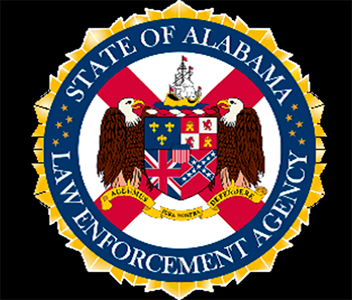Grain silos at Ramage Park lonely reminders of cattle drives
Published 3:00 am Thursday, January 15, 2015
The grain silos at Ramage Park in Brundidge stand like lonely sentries.
Their walls are stained and soiled by time and trees and brush grow from inside.
For the most part, the aging silos go unnoticed by the youngsters who play ball in their shadows. But, every now and then, someone inquires about the four silos, wondering at their role the park.
There’s a story behind those silos and it’s a part of the agricultural history of which Brundidge is so proud, said Mayor Jimmy Ramage said. The story is also a part of the Ramage family’s history.
His granddaddy, James T. Ramage, owned the land that is now the park. At a young age, the elder Ramage was a good businessman and had an eye for opportunity.
“That land was good pastureland and the train tracks ran right through it,” Ramage said. “Daddy Jim worked it out with some cattlemen in North Texas to bring their cows, by rail, to Brundidge in the late fall every year. It was too cold in North Texas in the winter for the grass to grow and the cows to graze. So, it was worth the money and effort to send them to Brundidge for winter grazing.”
The train of cattle passengers would stop in the pasture and the cows would “get off.”
The pasture was a feedlot of sorts, Ramage said. The four soils were filled with locally grown grain – wheat, rye, corn, sorghum — to supplement the grass.
With that many cows grazing and growing, they would soon have to be moved to greener pastures.
“Daddy Jim had pastureland north of town at Pronto so he would have the cows driven, from down where the silos are to Pronto,” Ramage said. “Around the early 1900s, the streets in Brundidge were dirt and there were no automobiles that anybody around here could afford to buy, so the cows had to be driven by men on horses. And, the cattle drive went right through downtown Brundidge.”
The cattle drives were a time of great excitement and unbridled entertainment.
Ramage said the cows would sometimes stray from the herd and cause commotion in town.
“One time, several cows got away and went through Mr. Walter Bass’ store,” he said, laughing. “One of his clerks, Doc McCullough, was so scared he hid under the counter.”
When spring came and it was time to send the cows back to North Texas, the horsemen would drive the cows back through town to the pasture on the south side of town. When the train arrived, the cows would be loaded and on their way back to Texas.
“Daddy Jim didn’t own any cows but he made a little money from wintering the cows,” Ramage said. “He got paid according to how much weight the cows had put on over the winter. So wintering the cows was a good deal for him and for local farmers who had a ready place to sell their grain.”
And the cattle drives through Brundidge were free entertainment for the town’s citizens.
James T. Ramage’s investment in the cattle businesses benefited everyone, except the cows that were on their way to Texas.



